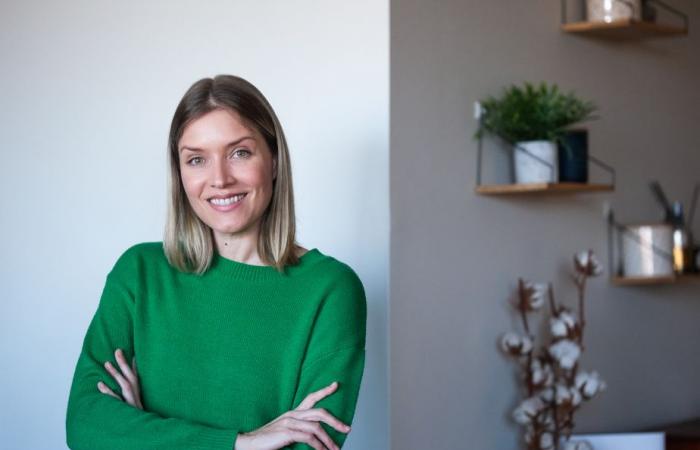The trend is not new, but it is becoming more and more popular. While not so long ago we raised our eyebrows when a couple announced that they were not living together, are we now envious of those who choose “Living Apart Together” (LAT), these happy couples, fulfilled people who… do not cohabit?
Posted at 7:30 a.m.
Catherine Maisonneuve
Special collaboration
According to Statistics Canada, 29% of couples aged 20 to 34 lived separately in 2021 for reasons related to “well-being, unpaid work or time spent with family” compared to 18% in 2011, a further jump by 10 percentage points in 10 years.
A recent article from New York Times also taught us that the percentage of married couples has only been decreasing since 2019, while the percentage of couples living apart is increasing. According to the study America’s Families and Living Arrangements According to the Census Bureau, the percentage of married couples living apart increased by more than 25% between 2000 and 2019.
“Value chains and social standards have progressed enormously in recent years,” explains Sophie Mathieu, of the Vanier Institute, who analyzed this data as part of the study Family matters, where she was project manager. “There is no longer a single linear way of living as a couple, and what we notice is that people still aspire to conjugality, but it is the way of doing things that has evolved. We are witnessing the breakdown of family careers and the emergence of new models. »
New models
The evolution of the professional model, forced by the pandemic, has also contributed to redefining the family model, for example in the case where one spouse has three days in person at the office while the other can afford to be the home of campaign every day. The transformation of parameters has allowed the emergence of new ways of working, living and therefore cohabiting.
The author, speaker and coach Nancy Doyon says she receives more and more couples who, to preserve family harmony or their well-being, decide to buy a duplex, a multi-generational house or move close to each other, without, however, cohabiting.
These couples say to themselves: we are going to continue to be a couple and we are going to be a blended family, yes, but not full time. This way you eliminate a lot of unnecessary conflict.
Nancy Doyon, speaker and coach familial
This choice obviously involves financial sacrifices. “We could of course afford a bigger house if we lived together full time, but after 14 years, we are still in love with each other and our passion is still there, and, in my opinion, that doesn’t “is priceless,” explains Anne-Lovely Etienne, journalist and columnist. She and her partner, married since 2022, still live in their own homes.
When she met her partner, he was separated and had shared custody of their son. “We wanted to take our time, and, considering that we were a blended family and that my partner had a child from a previous union, I did not want to disrupt their family dynamic and mine, which had always been without children. »
“For years we said we were going to move together one day, but as the years went by we realized we were really happy. He has quality time with his son and I have my time for myself, so today that is no longer in the plans,” she explains.
Same story for Marylin Cantin, 40 years old. When she met her current partner, six years ago now, he had two teenagers in shared custody and she had her son, now 10 years old, full-time. “It wasn’t an option for us to live together when we met. We each had our own routines with our children, our habits, our lifestyles… we wanted to respect each other’s space and limits. » According to her, their relationship is still going well largely because they do not live together.
PHOTO CHARLES WILLIAM PELLETIER, SPECIAL COLLABORATION
Marilyn Cantin
We see each other almost every day, we have dinner together, but we each have our own spaces. I want time alone with my son, I need it, and having my own place allows me to focus on my relationship and my family, but never both at the same time. For us, it works perfectly!
Marylin Cantin, 40 years old
Couples who make this choice are often in their second union and have children in shared custody. They have compromised in the past for their family or ex-spouse and now aspire to protect their space. They greatly value their individuality in their new relationship.
“In 40 years, Quebec has gone from the most conservative Canadian province to the most progressive. Shared custody and free union are now the norm, and to understand this, we must consider the rise of hedonism, individualism, and the notion of personal fulfillment too, which was not as present before, explains Sophie Mathieu. Something has definitely changed on a collective level. »







